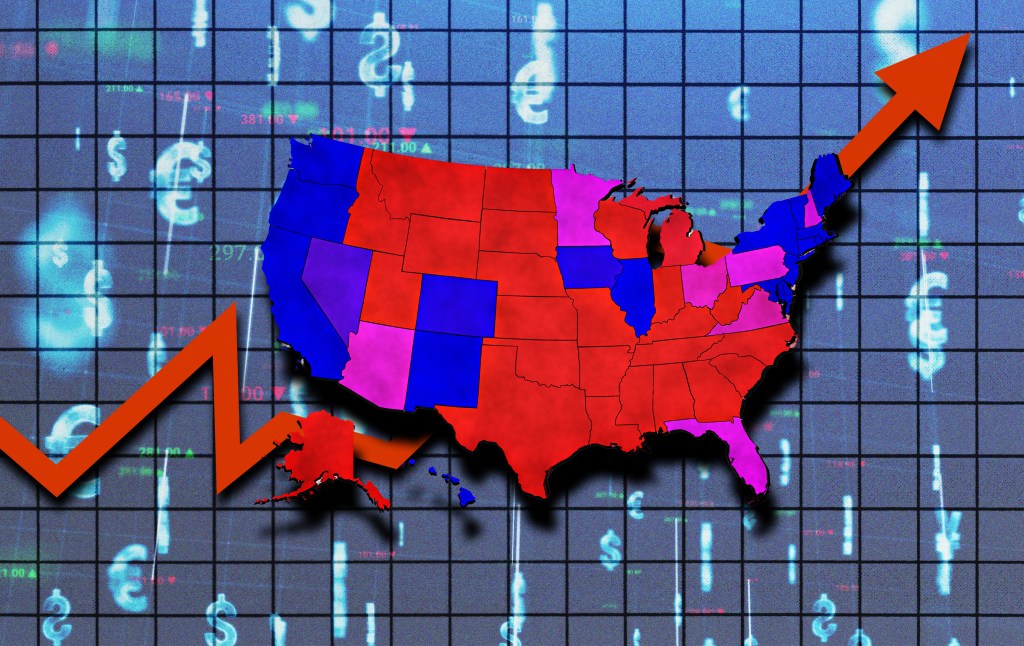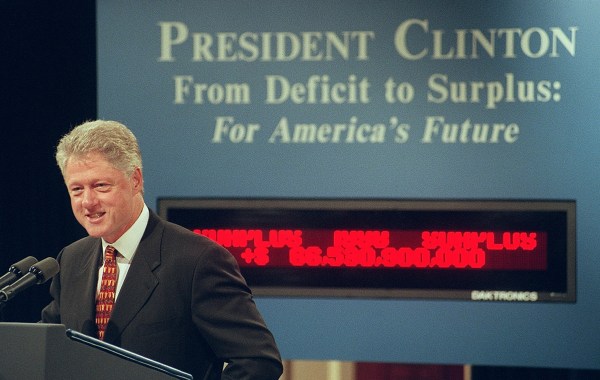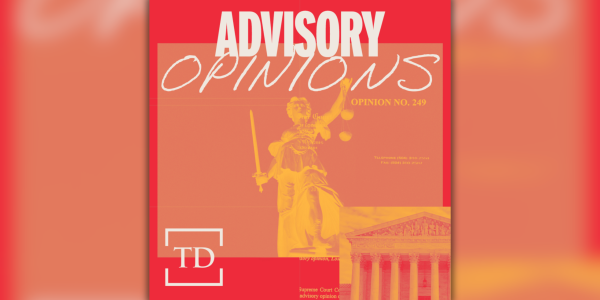Candidates running for office this year and next are focusing specifically on “affordability,” a broader economic issue distinct from jobs, wages, and, more recently, inflation.
Whether it’s Democrats like New York City’s socialist mayoral candidate Zohran Mamdani or centrist Virginia gubernatorial nominee Abigail Spanberger, or Republicans like New Jersey gubernatorial nominee Jack Ciattarelli or New Hampshire Senate contender Scott Brown—along with others on the ballot this year or next—“affordability” is dominating the campaign trail.* Housing seems to be a key driver of voters’ anxiety, but Democratic and Republican strategists agree the unease extends beyond high rents and expensive mortgages.
“When it was just groceries and gas it was inflation, but now that housing, power bills, education and about everything else is higher and staying higher, it is about life being unaffordable,” said a Republican strategist in a swing state. “People feel stuck. They are working hard and have a good job but things are just out of reach.”
The Working Class Project, an effort by Democratic operatives to improve the party’s prospects with blue-collar voters, nodded to something similar in an analysis of a recent round of focus groups: “Working class voters remain very concerned about affordability and generally believe costs have not gone down.”
In a mid-July poll from the Associated Press-NORC Center for Public Affairs Research, a majority of American adults (53 percent) were “stressed” about the cost of groceries. Forty-seven percent expressed similar feelings about housing costs, and 42 percent said they were anxious about affording health insurance. In a late July YouGov poll for The Economist, “inflation/prices” led the list of voters’ concerns.
Deserved or not, presidents often get the blame for a turbulent economy, so it’s understandable that with Donald Trump in the White House, Democrats are leading their agendas with proposals aimed at remedying the high cost of living. They’re hoping to recapture the Virginia governor’s mansion this November and win control of Congress 12 months later. “Virginians are already being squeezed by high prices—and these reckless tariffs are doing nothing to make life more affordable,” Spanberger said Friday in a statement responding to Trump’s latest round of import levies.
But it’s not just Democrats who are fixated on this issue.
Republicans are concentrating on affordability as well. Topping Ciattarelli’s “plan to fix New Jersey” is a set of proposals to “make New Jersey affordable again.” As an example, Ciattarelli is promising to “reduce income taxes for all taxpayers, consolidate tax brackets, prohibit tax increases on home improvements, and make student loan interest tax deductible.” Of course, Republicans aren’t laying responsibility for the high-cost economy at Trump’s feet: They’re pointing fingers at Joe Biden. In a video announcing his Senate candidacy, Brown said the former president “drove up the cost of everything and made life just simply unaffordable.”
Inflation began under Biden, prompting the Federal Reserve to raise interest rates to cool prices. And six months into Trump’s second term, higher costs are persisting. But what began with sticker shock at the gas pump and frustration with higher prices for household goods—a top issue in the 2024 presidential campaign, if not the top issue—has morphed into voters’ broader exasperation that all facets of life are increasingly unaffordable. That’s according to strategists in both parties who are active in 2025 and 2026 campaigns.
That includes the cost of education, health care, and housing.
Even voters with seemingly secure, well-paying jobs are feeling this financial pressure. This is especially the case for voters under 55, who have fewer financial resources to absorb rising costs, political operatives say.
Meanwhile, despite worries that prices are rising across the board—a mid-July poll from the Associated Press-NORC Center for Public Affairs Research showed high grocery costs loomed as Americans’ biggest worry—economists tend to view housing as the biggest obstacle to affordability.
As Joseph Gyourko—a professor of real estate, finance, business economics, and public policy at the Wharton School at the University of Pennsylvania—explained to The Dispatch, high housing costs used to be an economic challenge for Americans living in major metropolitan areas on the East and West coasts. From 1975 to 2000 and in the early years of the 21st Century, Gyourko explained, those impacted responded by moving to the outer suburbs, trading a long commute for affordable, middle-class housing. As those suburbs grew more costly, Americans began relocating to Sun Belt states like Arizona, Florida, Georgia, North Carolina, and Texas, because the region had both plentiful jobs and affordable housing.
But in recent years, Gyourko said, even the Sun Belt has grown increasingly unaffordable. Like the coasts, the problem stems largely from supply not keeping up with demand. That leaves just a few regions—such as the deindustrialized Midwest—left with affordable housing. The only problem, Gyourko pointed out, is that these regions lack the jobs to serve as a financially viable option to the more expensive areas of the country.
“It’s still the case that the big coastal markets are unaffordable because they continue now, not for 30 years but for 50 years, not to have built much housing. And they’re not losing a lot of population,” Gyourko said. “What’s new is the rise in prices, really since 2000 but particularly since the recovery from the [Great Recession], so call that 2015—in the Sun Belt.”
Earlier this year Gyourko coauthored a report for the Brookings Institution detailing his research.
From 1975 to 2000, as coastal housing costs spiked, no Sun Belt market cracked the list of top 10 most expensive markets, per Gyourko’s findings. The highest growth market during that period was Charlotte, North Carolina, whose prices rose by 11 percent. Over that same 25-year period, one highly coveted coastal market, San Francisco, saw housing prices jump 160 percent. But since 2000, the nation’s No. 1 appreciating housing market is Miami, which grew by roughly 160 percent.
The No. 5 and No. 9 appreciating markets, respectively, during that time, have been Tampa and Phoenix. Indeed, housing costs in those two metro areas grew at a faster rate than New York City’s, which since the turn of the century has increased 70 percent. Other Sun Belt markets Americans have long viewed as affordable also have risen substantially since 2000, with Denver climbing 68 percent, Las Vegas rising 61 percent, Dallas jumping 57 percent, Charlotte increasing 50 percent, and Atlanta moving 32 percent.
These increases are leaving Americans feeling squeezed and with few options available to address the affordability conundrum.
“If this continues and the big Sun Belt markets turn into coastal markets in terms of housing prices relative to incomes, there’s no other place in America where there’s job growth,” Gyourko said. “If they become expensive, where else can the middle class go where they have jobs?”
And if that’s the case, affordability could be a dominating issue for years, and elections, to come.
Correction, August 6, 2025: This story has been updated to reflect that Scott Brown is a Senate candidate in New Hampshire.










Please note that we at The Dispatch hold ourselves, our work, and our commenters to a higher standard than other places on the internet. We welcome comments that foster genuine debate or discussion—including comments critical of us or our work—but responses that include ad hominem attacks on fellow Dispatch members or are intended to stoke fear and anger may be moderated.
With your membership, you only have the ability to comment on The Morning Dispatch articles. Consider upgrading to join the conversation everywhere.